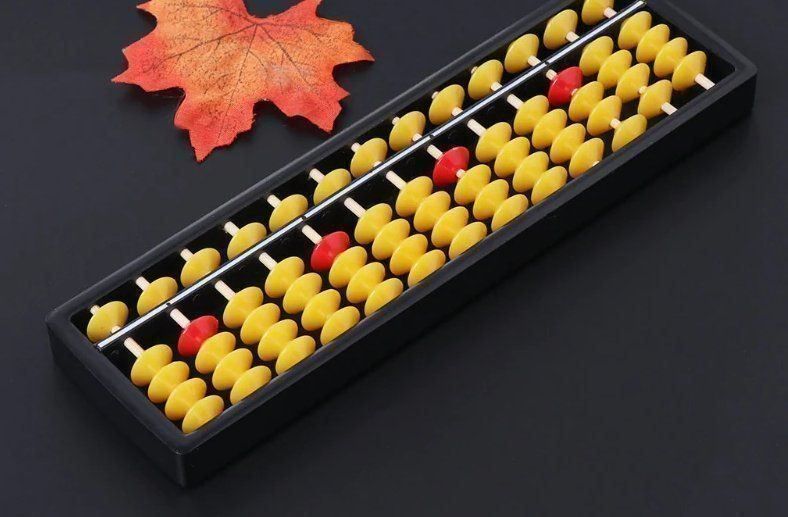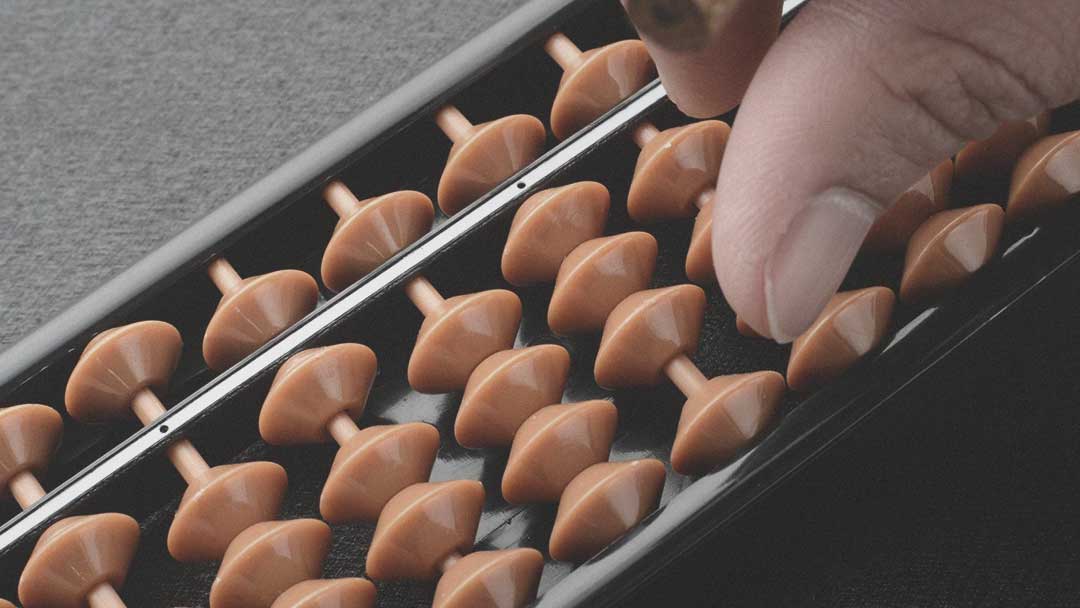

If they ever are compelled to write in a horizontal line, they write from right to left. The Chinese write in vertical columns from above downwards. The description of this ancient Chinese abacus and the known intercourse between East and West give us good reason to believe that the Chinese abacus was suggested by the Roman. There is a sixth-century Chinese reference to an abacus on which counters were rolled in grooves. The Chinese abacus itself seems, according to the best evidence, to have originated in Central or Western Asia. In Europe, after the introduction of Arabic numerals, instrumental arithmetic ceased to make much progress and finally gave way altogether to the graphical as the supply of writing materials became gradually abundant.Īs for the Orient, a form of the counting-rod abacus, called ch’eou in China and sangi in Japan, had been used since ancient times as a means of calculation. This form, the bead or rod abacus, with which calculations can be made much more quickly than on paper, is still used in China, Japan, and other parts of the world. Out of this last type yet a fourth form of the abacus was developed-one with beads sliding on rods fixed in a frame. Instead of lines on which loose counters were laid, the table had movable counters sliding up and down grooves.Īll three types of abacuses were found at some time or other in ancient Rome -the dust abacus, the line abacus, and the grooved abacus.

In rather remote times, a third form of abacus appeared in certain parts of the world. Various forms of this line abacus were in common use in Europe until the opening of the seventeenth century. In time this sanddust abacus gave place to a ruled table upon which counters or disks were arranged on lines to indicate numbers.

The English word abacus is etymologically derived from the Greek abax, meaning a reckoning table covered with dust, which in turn comes from a Semitic word meaning dust or a reckoning table covered with dust or sand. The definite origin of the abacus is obscure, there is some reason for believing that its earliest form was a reckoning table covered with sand or fine dust, in which figures were drawn with a stylus, to be erased with the finger when necessary. It is still considered to be the most powerful calculating device, but can only be used by a trained abacus person. Overall: 2 cm x 34.Abacus is an ancient tool used invented to perform mathematical operations. Albree put the instrument aside, and returned to using logarithmic tables for multiplication and division. However, the beads were too small for his seventy-year-old fingers and thumb. He found addition and subtraction straightforward and bought this larger instrument to try multiplication and division. According to the donor, his first introduction to the soroban was in 1958. Norman Albree, along with several circular slide rules of his design. The instrument was given to the Smithsonian by G. The abacus is stored in a cardboard box covered with decorated paper. Every fifth column is marked with a white dot. The central column has two black dots and a red dot as well. Every third column of beads is marked with a black dot on the cross piece. The beads are similar in shape to those on other Japanese abaci. On each rod, there is one bead above the cross piece and four below.

Twenty-three parallel wooden rods hold the beads. This abacus has an open wooden frame painted black and a wooden cross piece with an inset white strip on top.


 0 kommentar(er)
0 kommentar(er)
